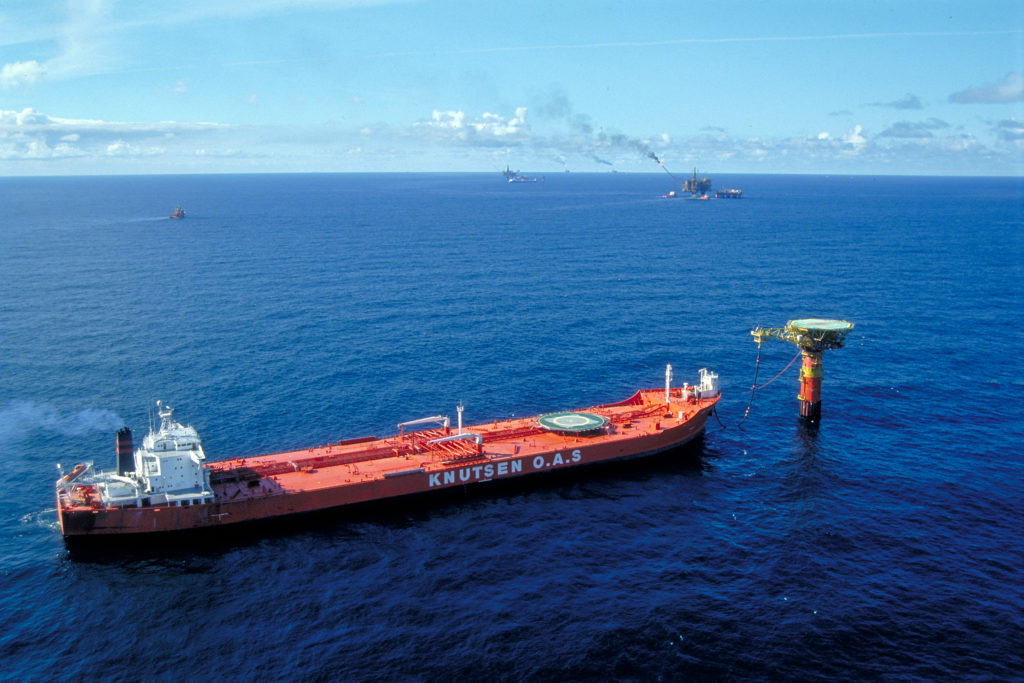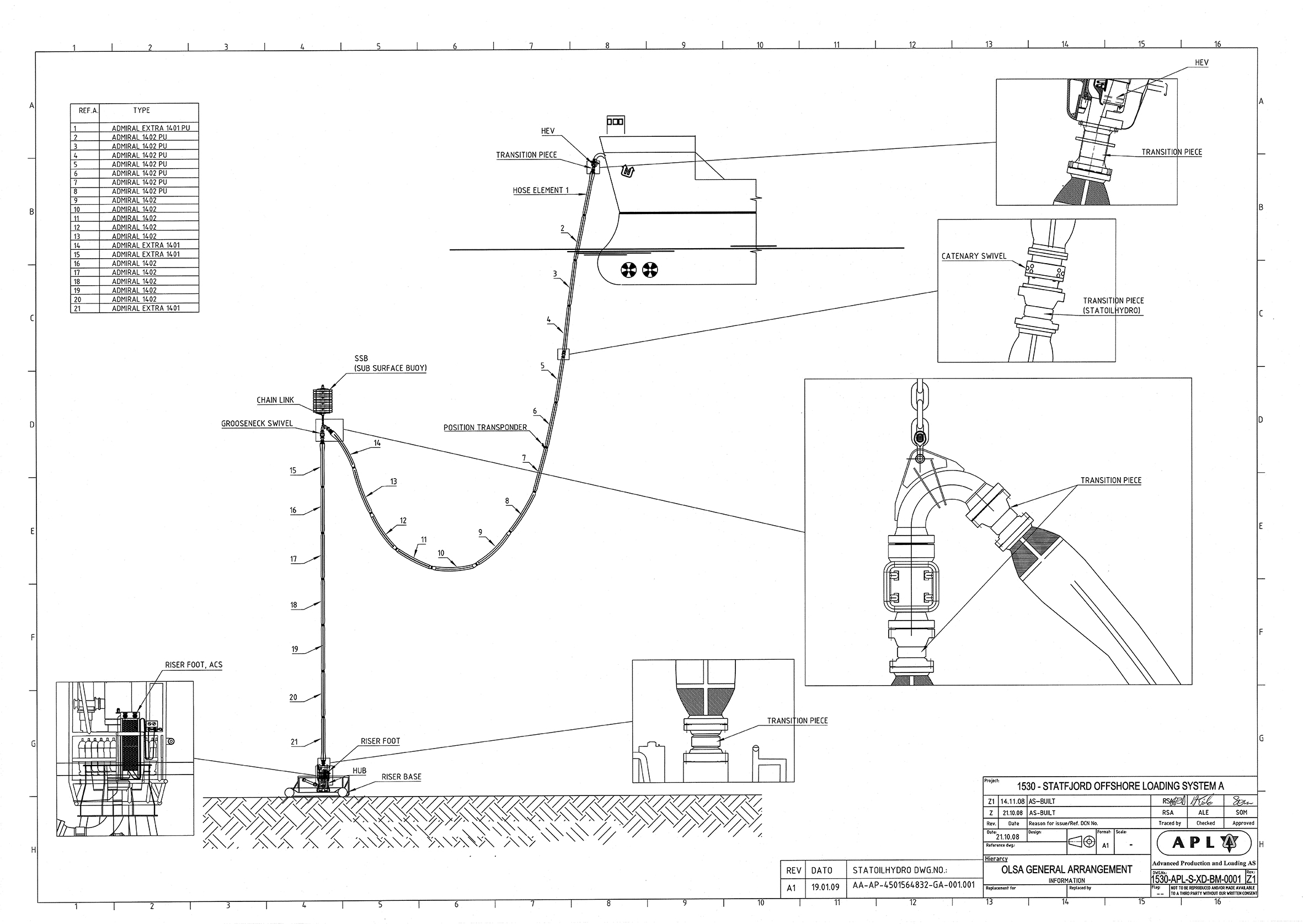Loading buoys – various solutions
Loading buoys are a collective term for facilities used to transfer (load/discharge) liquids between different units, at least one of which is floating. Many varieties of such structures exist. These include catenary anchor leg mooring (Calm) designs and single point moorings (SPM), which comprise columns or towers fixed to the seabed. Some examples used on the Norwegian continental shelf (NCS) are presented below.

More about further development
close
Close

 lastebøyer ulike alternativ, engelsk,
lastebøyer ulike alternativ, engelsk, lastebøyer ulike alternativ, illustrasjon, engelsk,
lastebøyer ulike alternativ, illustrasjon, engelsk,